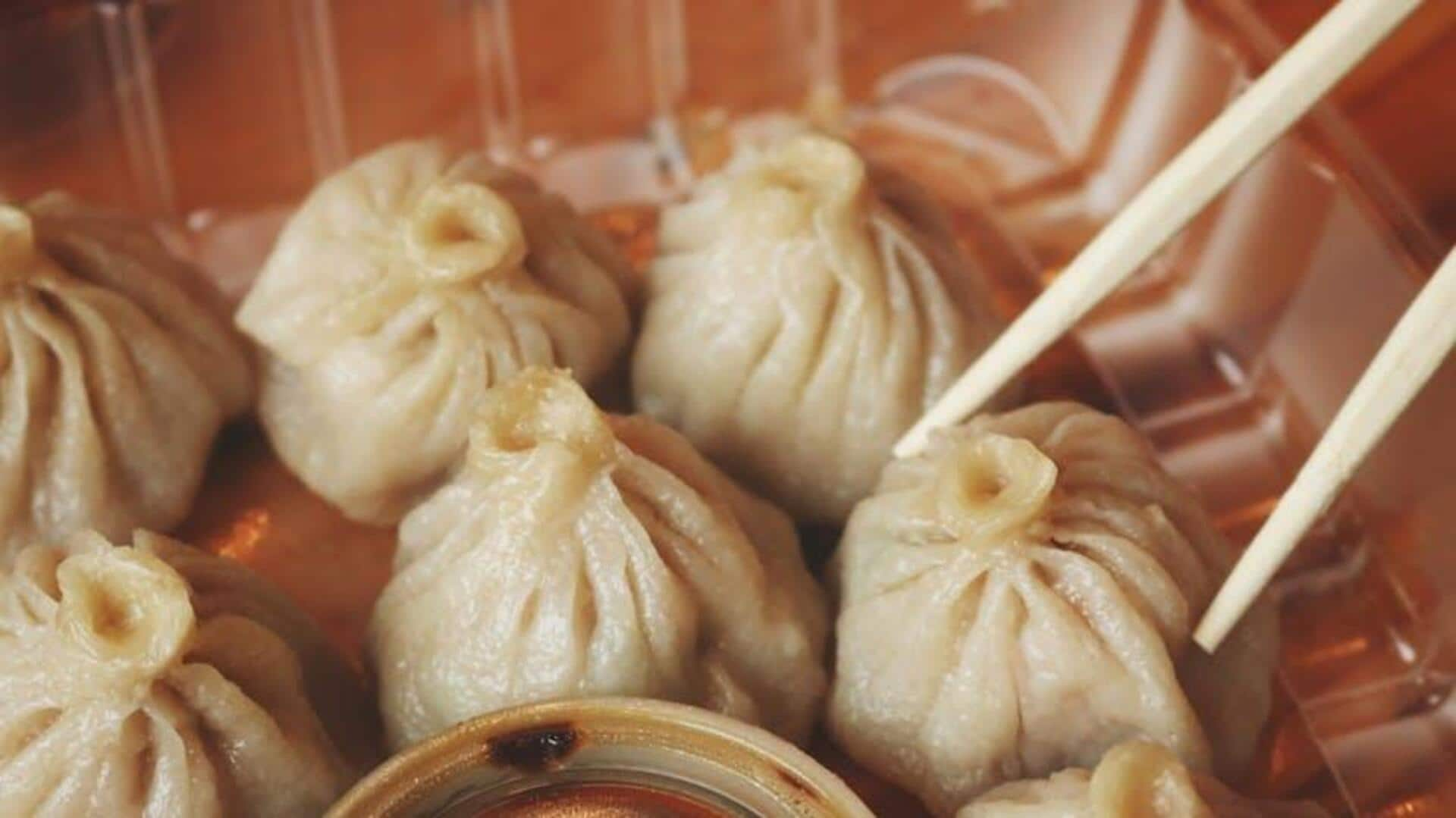
Evolution of dumplings: From China to global plates
What's the story
Dumplings boast a glorious history that dates back to ancient China, where they originated as a humble, yet delectable dish. Over the centuries, these delicious parcels made their way across the globe, emerging from local palates and ingredients. Today, dumplings are savored around the world in a myriad of shapes and flavors. Here's how dumplings went from China to become a world favorite.
Roots in tradition
Chinese origins and cultural significance
Dumplings date back to China over 1,800 years ago when they were first made during the Han Dynasty. They were originally invented as a means of preserving food during the bitter cold of winters. Stuffed with vegetables and spices, dumplings became a staple during the Chinese New Year celebrations. They represent wealth and prosperity as they resemble ancient gold ingots.
Asian influence
Dumpling variations across Asia
As dumplings made their way across Asia, every region created its own version. In Japan, gyoza was born with thinner wrappers and unique seasonings. Korea brought mandu to life with fillings like tofu and even kimchi. India made momos famous with spicy chutneys on the side. These variations just show how every culture adopted dumplings, but with a local touch.
Continental twist
European adaptations of dumpling recipes
However, when dumplings made their way to Europe through trading routes, they transformed even more. In Italy, ravioli became a household name stuffed with cheese or spinach. Eastern Europe gave birth to pierogi stuffed with potatoes or mushrooms. Each adaptation resonates with the region's taste buds but retains what makes dumplings globally loved—comforting dough packed with delicious fillings.
Worldwide appeal
Modern global popularity
Today's global palate has readily embraced dumplings, all thanks to globalization and culinary innovation. Restaurants now offer fusion versions, like Mexican-inspired taco-dumpling hybrids or dessert varieties like chocolate-stuffed ones. These trendy eats are a testimony to the dish's versatility, creatively reimagined by chefs across the world. They keep its original charm and cultural heritage intact.